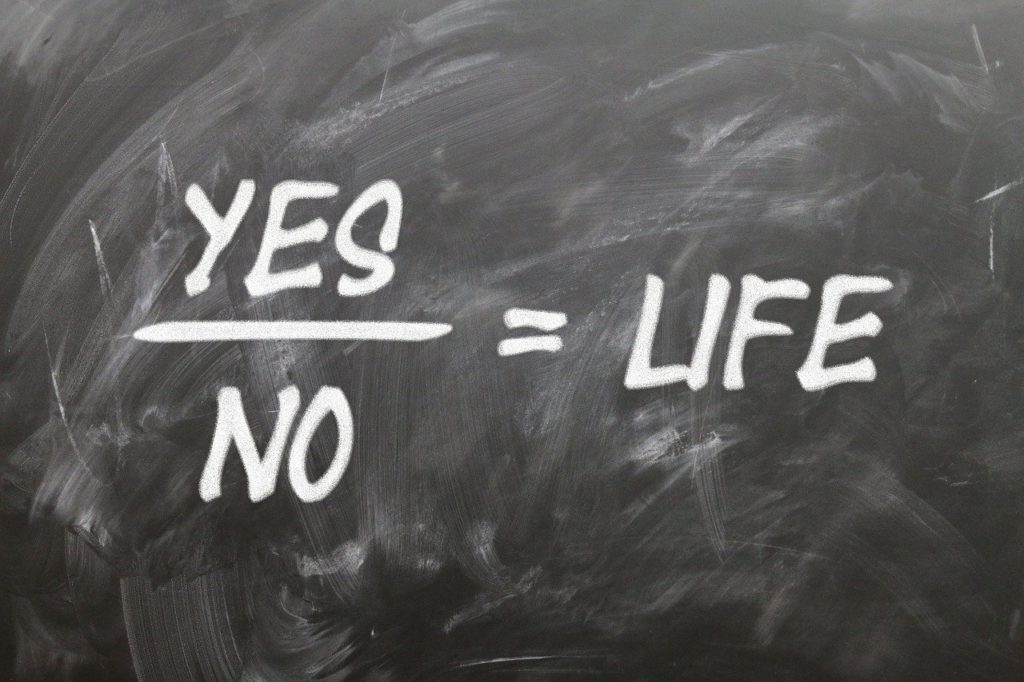Buddha’s teaching of “no death” revolves around the idea that while our bodies may die, our true essence does not. This is because, in Buddhism, life is seen as a continuous cycle of birth, death, and rebirth, known as samsara. The notion of “no death” means that the end of one life is simply the beginning of another, much like how day turns into night and night turns into day.
The River of Life
Think of life like a flowing river. The water is always moving, and while certain parts of the river may disappear, the flow never truly ends. In the same way, a person’s body may grow old or pass away, but the energy of that person—their mind, their actions, their essence—continues to flow into a new form. It’s not the end, just a transformation, like water turning into mist and then into rain.
The Flame and the Candle
Buddha also used the metaphor of a flame. Imagine a candle burning, and when it runs out of wax, you light a new candle with the same flame. While the first candle goes out, the flame continues. Our life force is like the flame. When one body dies, our karma and consciousness light the next candle—our new life. The flame never dies, it just moves from one candle to another, representing the transition from one life to the next.
The Ocean and Waves
Another way to understand this is by thinking of individual lives as waves on the ocean. Waves rise and fall, but the ocean itself remains constant. Our bodies and personalities are like the waves—they come and go. But underneath, the ocean of consciousness, which is our true essence, continues on, unchanged. The wave may “disappear,” but it’s always part of the greater ocean, never truly gone.
The Concept of No-Self (Anatta)
Buddha also taught the concept of anatta, or “no-self.” He said that what we think of as “ourselves” is not permanent. Our identity, thoughts, and emotions are ever-changing. This is like a sandcastle on the beach. It seems solid for a while, but eventually, the waves wash it away, and it blends back into the sand. Similarly, our physical body and ego dissolve, but the energy that makes up our consciousness never disappears. It transforms, continuing in new forms.
Nirvana: Freedom from the Cycle
The ultimate goal of Buddhism is to understand that there is no permanent self and no permanent death. By realizing this, one can attain nirvana—a state beyond birth and death, where the endless cycle of reincarnation ends, and the individual is liberated from suffering. In this sense, “no death” is also about realizing that our true essence is not trapped in the endless cycle of life and death but is part of something much larger and infinite.
Summary in Simple Terms:
Buddha taught that death, as we understand it, is not the end. It’s like the sun setting in one part of the world while rising in another. Life continues, just in a different form. Our body may be like a wave that crashes onto the shore, but the ocean—our true essence—remains, constantly flowing, never truly ending.


